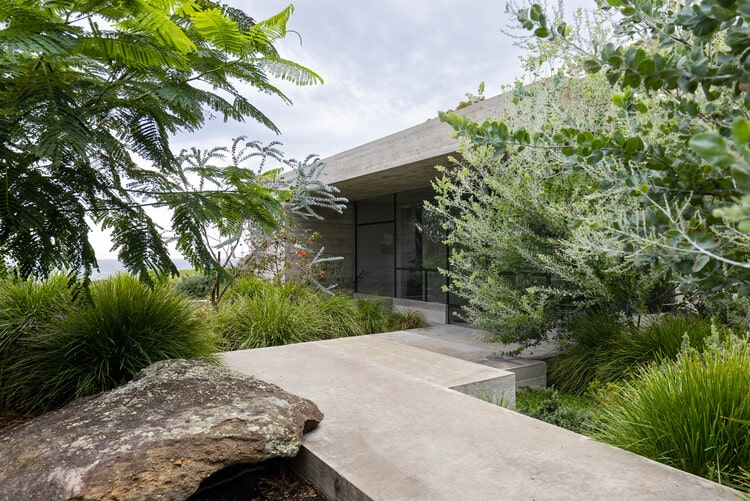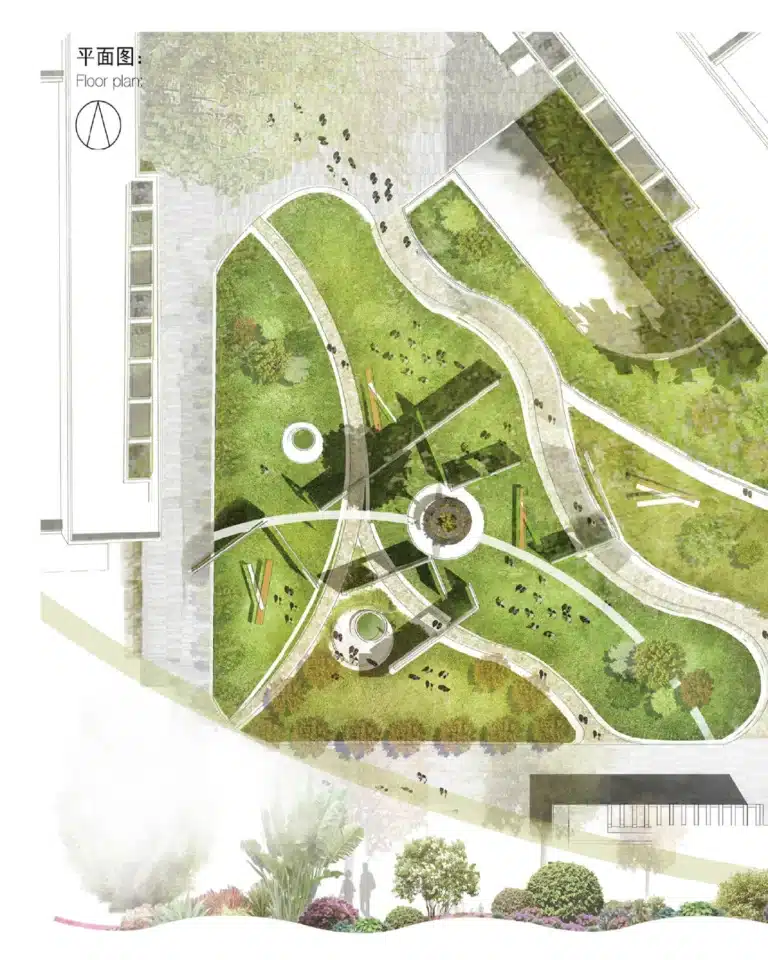255 East 77th Street: Revisiting Classicism or Repeating Nostalgia?
The under-construction skyscraper at 255 East 77th Street, designed by Robert A M Stern Architects (RAMSA), sets out to revive the Upper East Side’s classical architectural language. While the project proudly embraces traditional masonry and sculpted detailing, it prompts an important question: is this a meaningful evolution of New York’s skyline, or merely a safe retreat into nostalgia?
A Tiered Form That Balances Massing — But to What End?
The building’s tiered silhouette, stepping back as it rises, succeeds in softening its considerable height and referencing zoning traditions of Manhattan’s pre-war era. However, while the form pays technical homage to its context, it risks feeling formulaic rather than forward-thinking. In an era where urban density demands innovation, the design clings tightly to familiar massing strategies without offering bold new spatial experiences.
More on ArchUp:
Masonry Mastery or Surface Ornamentation?
RAMSA’s facade work—crafted with sculpted wildflowers and oak leaves—displays impressive artisanal finesse. Yet, these intricate touches, while beautiful, seem almost decorative rather than integrative. Instead of architecture that breathes and evolves with its surroundings, the building wraps itself in a costume of historic references, providing aesthetic pleasure but little in terms of progressive architectural dialogue.
Amenities Wrapped in Tradition
The inclusion of luxury amenities—an indoor swimming pool beneath a barrel-vaulted ceiling, a recording studio, and fitness spaces—shows a clear intent to cater to contemporary lifestyles. Nevertheless, the interior design, dominated by neutral palettes and white oak floors, appears cautious rather than ambitious. It perpetuates the ongoing trend of understated, almost sterile luxury, missing an opportunity to reimagine classical interiors for a 21st-century context.

Contextual Sensitivity or Missed Opportunities?
While 255 East 77th Street fits politely into its prestigious neighborhood, it does so by looking backward rather than forward. Its respect for historicism is admirable, but it raises the issue of missed opportunity: Could a more innovative reinterpretation of classical elements have propelled this project beyond mere homage? In a city that thrives on evolution and reinvention, this skyscraper plays it safe, perhaps too safe.







